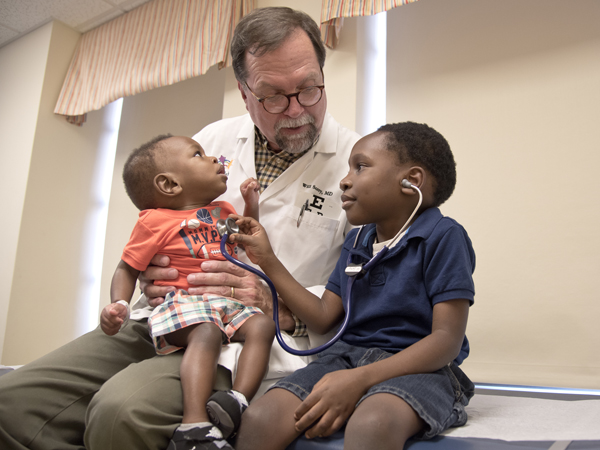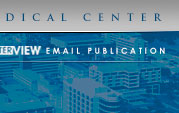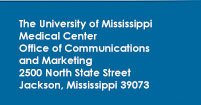|
In his work in the Division of Infectious Diseases at the University of Mississippi Medical Center, Dr. Jason Parham sees how aggressive antibiotic treatment can swiftly save a dangerously ill patient. Unfortunately, he also sometimes sees the opposite scenario: patients with serious infections who don't get better because the infection is caused by multi-drug resistant bacteria and no longer responds to antibiotics. In some instances, it's because the patient has been exposed to too many antibiotics in the past. Perhaps it's because a physician prescribed a longer antibiotic regimen than necessary, or a more broad-spectrum antibiotic than the infection needed. Maybe it occurred after the patient was prescribed antibiotics inappropriately for a virus, or an infection that would have gone away without treatment.
|
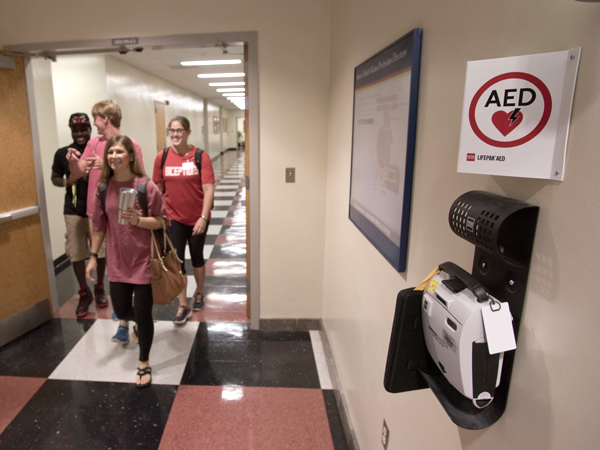
|
Medical professionals aren't the only individuals capable of saving lives on the Medical Center campus, thanks to a recent initiative from the Office of the Vice Chancellor. Automated external defibrillators (AEDs) have been placed in 20 nonclinical locations throughout campus and in all Campus Police patrol cars to diagnose life-threatening cardiac arrhythmias of ventricular fibrillation and ventricular tachycardia and to provide treatment through defibrillation. (Click to download map showing AED locations) The portable devices are part of a three-pronged approach to improving the institution's on-campus emergency response capability, said Jonathan Wilson, chief administrative officer.
|
|
When younger women find they have breast cancer, they may face hurdles older breast cancer survivors don't encounter. Helping younger Mississippians battling breast cancer and its effects is the primary goal behind SurviveMiss, Mississippi's Young Breast Cancer Survivor Network, a website, Facebook and Twitter account launched recently.
|
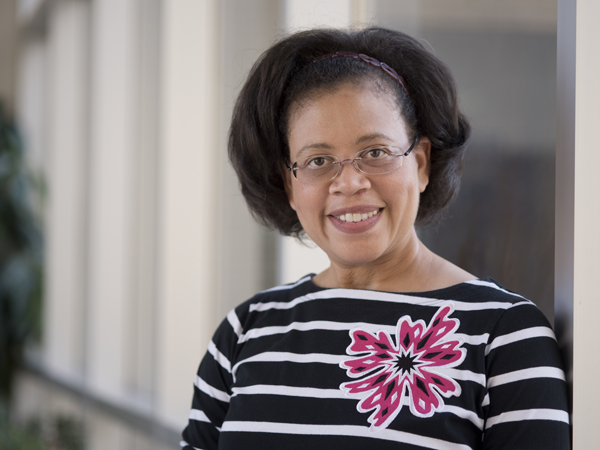
|

|
The Medical Center is proud to announce the following additions to its faculty and leadership staff:
|
|
A dermatology professor is selected for this quarter's top quality award, while future anesthesiologists rise to the challenge of global safe surgery.
|
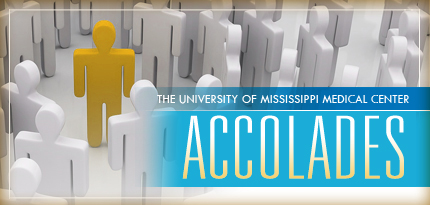
|

